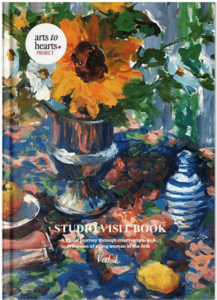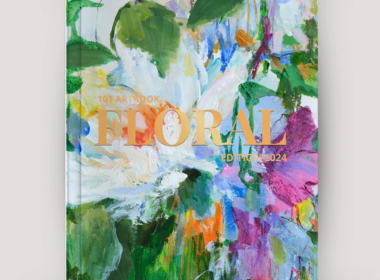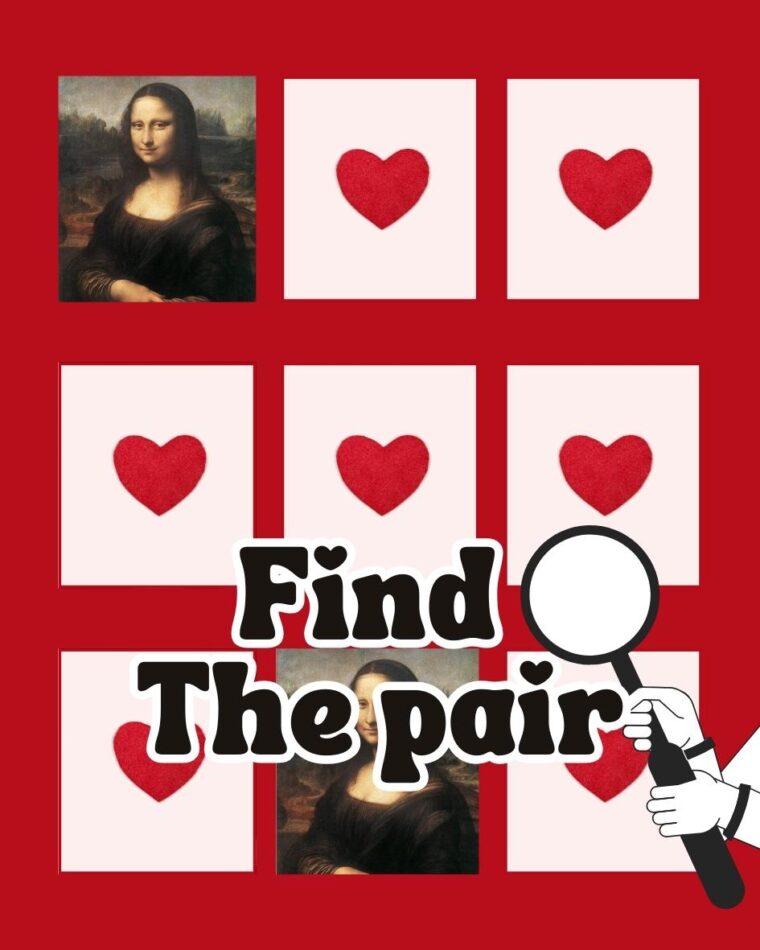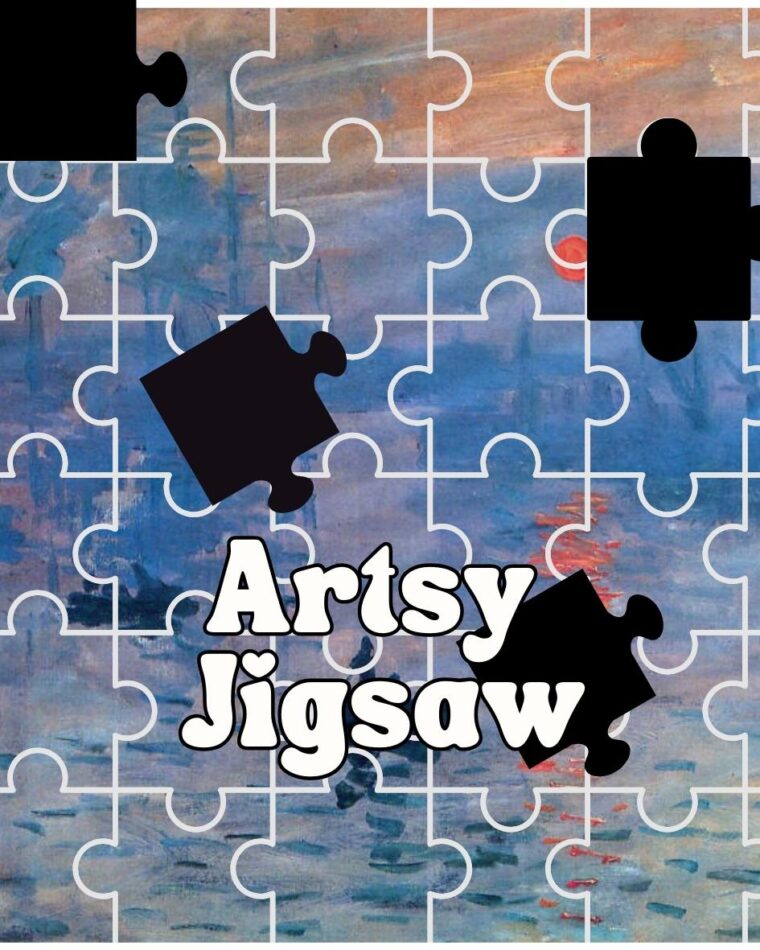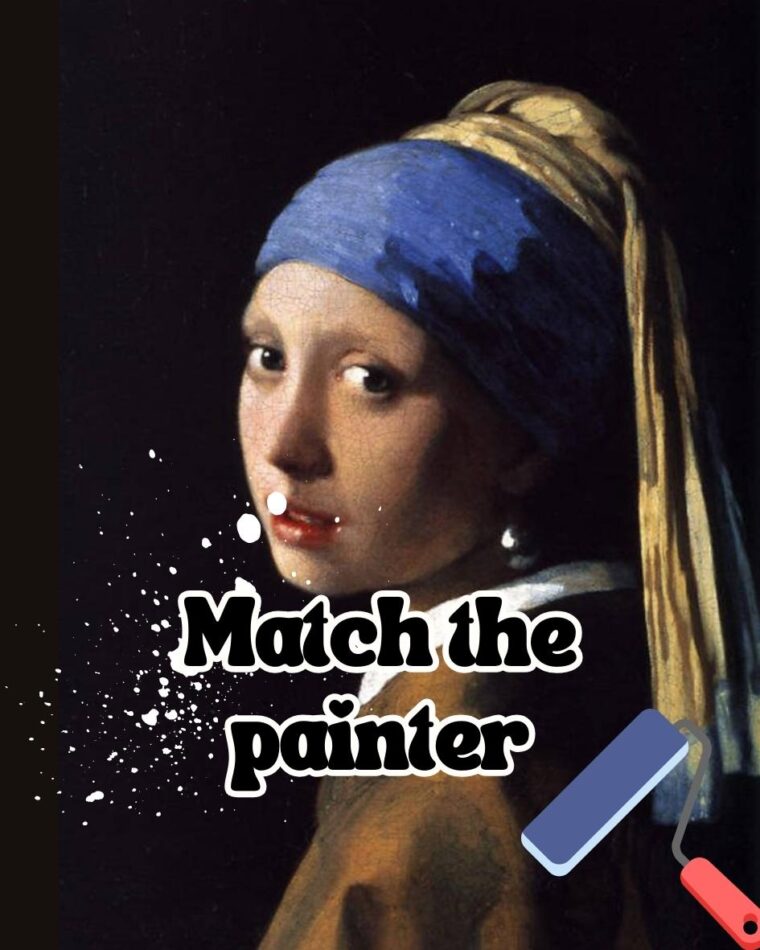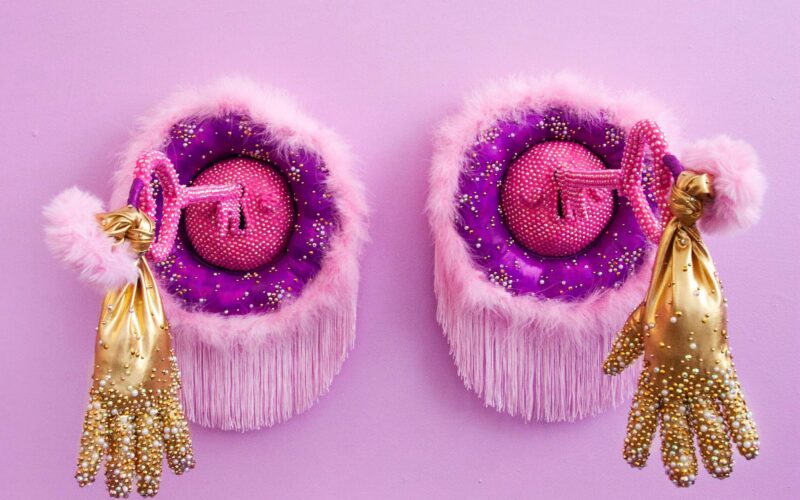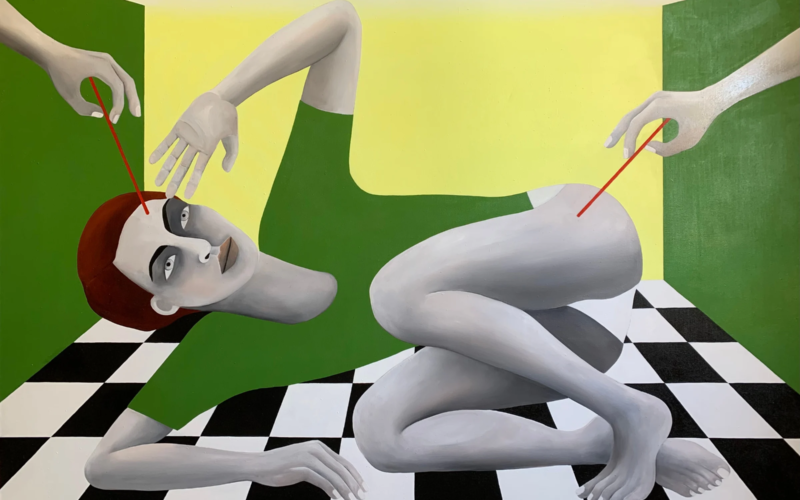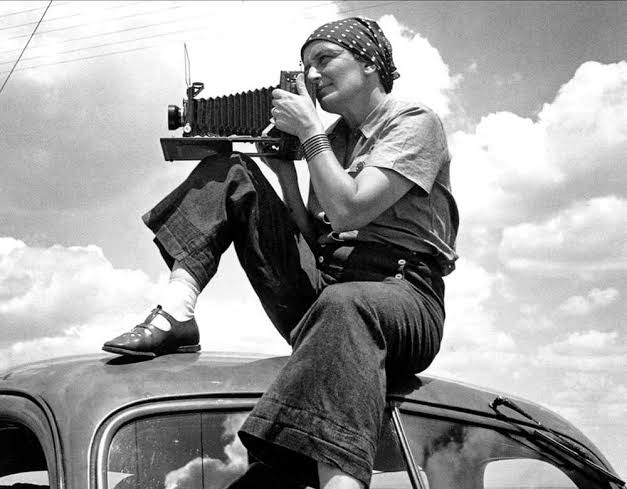
Paula rego: An artist challenging societal expectations through her work
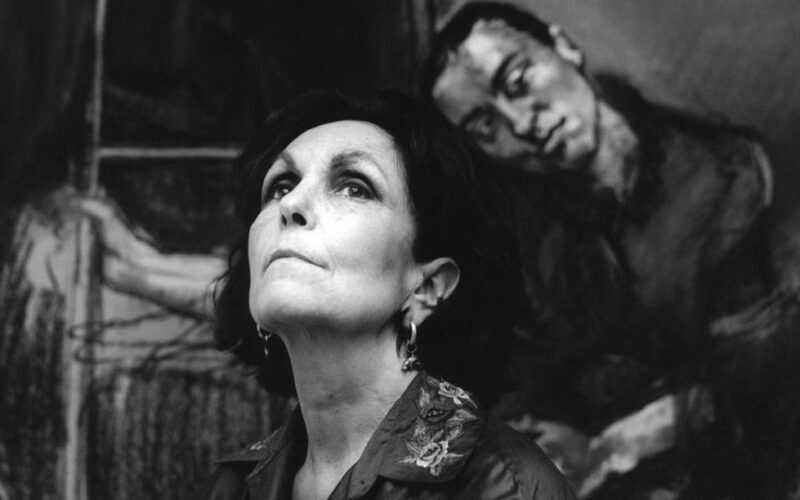

Some people are really tuned in to what’s happening around them. They feel a strong connection that makes them want to make a difference. These people express their feelings and thoughts through art, using their talents to share strong messages. Paula Rego, born on January 26, 1935, in Lisbon, Portugal, is one of these artists. Her life shows how much she cared about the world she lived in.
Paula was good at painting, drawing, and making prints, and she became an important part of the art world. Her way of making art was different, with lots of colors and images that can make you feel their story. Even when faced with tough times, she wasn’t afraid to talk about them in her art, touching on things.
Known around the world, Paula Rego exhibited her art in many places, grabbing people’s attention with stories told through her art. Series like “The Abortion Series” and “Dog Women” reveal her talent in telling stories with symbols and strong feelings.
Exploring Paula Rego’s life and what she achieved, in today’s article we find a story of an artist who really understood the world and used her art to get people talking and inspiring a change.
Early life and career start
Paula Rego was born on January 26, 1935, in Lisbon, Portugal. Her dad worked with Marconi and was strongly against fascism. Although her mom was a skilled artist, being a traditional Portuguese woman, she didn’t encourage Paula to pursue art, even though Paula started drawing at age 4.
In 1936, her family got split when her dad went to work in the United Kingdom. Paula stayed in Portugal with her grandma until 1939. Her grandma played a big role in her life, teaching her traditional stories that later inspired her art.
The Rego family admired English culture, so Paula attended the only English-language school in Lisbon, Saint Julian’s School, from 1945 to 1951. Despite being Catholic in a devoutly Catholic country, Paula’s family had a strained relationship with the Roman Catholic Church. Paula called herself a “sort of Catholic” but felt Catholic guilt and believed strongly in the Devil as a child.


Paula Rego’s career beginnings and exhibitions
Paula Rego kick-started her career journey when, as a student, her father commissioned her to create murals for his electrical factory’s canteen in 1954. However, her official entry into the art world happened around early 1962 when she began showcasing her work with The London Group, alongside artists like David Hockney and Frank Auerbach.
In 1965, she participated in a group exhibition, Six Artists, at the Institute of Contemporary Arts in London. That same year marked her first solo exhibition at the Sociedade Nacional de Belas Artes in Lisbon. Paula represented Portugal at the 1969 São Paulo Art Biennial. From 1971 to 1978, she held seven solo exhibitions in Portugal, followed by a series of shows in Britain, including notable ones at the AIR Gallery in London in 1981 and the Arnolfini in Bristol in 1983.

The year 1988 saw Paula Rego as the focus of a retrospective exhibition at the Calouste Gulbenkian Foundation in Lisbon and the Serpentine Gallery in London. This recognition led to her becoming the first Associate Artist at the National Gallery, London, in 1990. This collaboration resulted in two significant bodies of work. The first, a series of paintings and prints centered around nursery rhymes, toured Britain and beyond from 1991 to 1996. The second, titled “Crivelli’s Garden,” comprised large-scale paintings inspired by the works of Carlo Crivelli and found a home in the National Gallery’s main restaurant, setting the stage for renovations planned for the Sainsbury Wing in celebration of the National Gallery’s bicentenary in 2024.
Paula Rego: Snow White and retrospectives
In 1995, Paula Rego used pastels to reimagine the story of Snow White in her drawing titled “Swallows the Poisoned Apple.” This depiction presents Snow White after consuming the poisoned apple, portraying her as older and experiencing physical discomfort. Rego aimed to illustrate the challenges women face throughout life and aging, emphasizing the “physical and psychological violation” inherent in a woman’s journey. At around 60 years old when creating this piece, Rego’s own age played a significant role in its emotional depth.
Her journey continued with notable exhibitions, including retrospectives at Tate Liverpool in 1997, Dulwich Picture Gallery in 1998, Tate Britain in 2005, and Birmingham Museum and Art Gallery in 2007. In 2007, a major retrospective of her work was hosted at the Museo Nacional Centro de Arte Reina Sofía in Madrid, traveling to the National Museum of Women in the Arts in Washington, D.C., the following year.
The year 2008 saw Rego exhibiting at Marlborough Chelsea in New York and presenting a retrospective of her graphic works at the École Supérieure des Beaux-Arts in Nîmes, France. In 2010, she showcased her art at Marlborough Fine Art in London. Art historian Marco Livingstone organized a retrospective at the Museum of Contemporary Art in Monterrey, Mexico, in 2011, later exhibited at the Pinacoteca de São Paulo in Brazil. Additionally, in the documentary “Looking for Lowry” (2011), Paula Rego shared her insights, reflecting on her experiences with Lowry at the Slade School of Fine Art.
Paula Rego’s achievements: Redefining femininity and tackling taboos
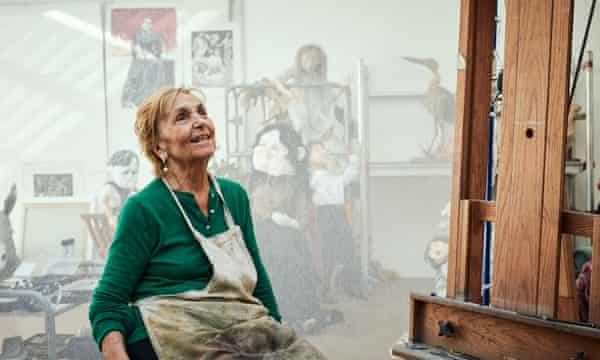
Paula Rego celebrates a unique and independent expression of womanhood, challenging societal expectations shaped by her Portuguese upbringing. In her childhood, she observed the contrast between wealthy women expected to do nothing and working-class women burdened with numerous responsibilities. Unhappy with these predefined roles, Rego went on portraying a different kind of woman. Subverting conventional “feminine” behavior, she created an iconic series known as Dog Women, where the beastly characteristics become positive traits. Much like her Pendle Witch series, she encouraged and depicted eccentric behavior as liberating, opposing the fear and repression associated with it.
Rego courageously tackled two widely prevalent yet underrepresented human experiences—abortion and depression. In 1998, she crafted a triptych revealing the consequences of illegal abortion, addressing a pressing human rights issue following a defeated referendum in Portugal that sought to legalize abortion. Her 2007 depression series visually brought to light the often invisible emotion that can cripple even the liveliest spirits.
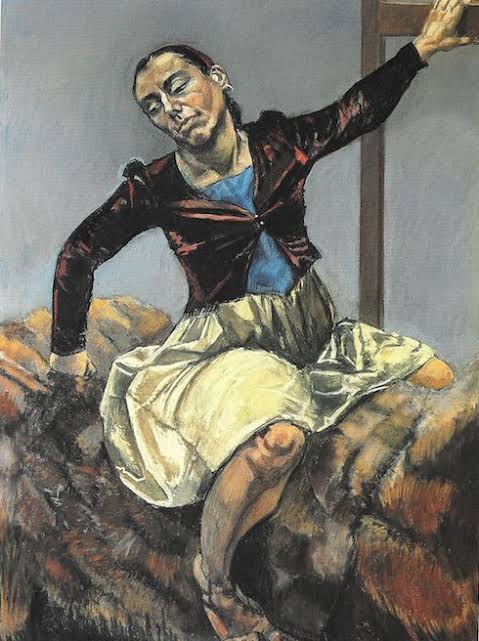
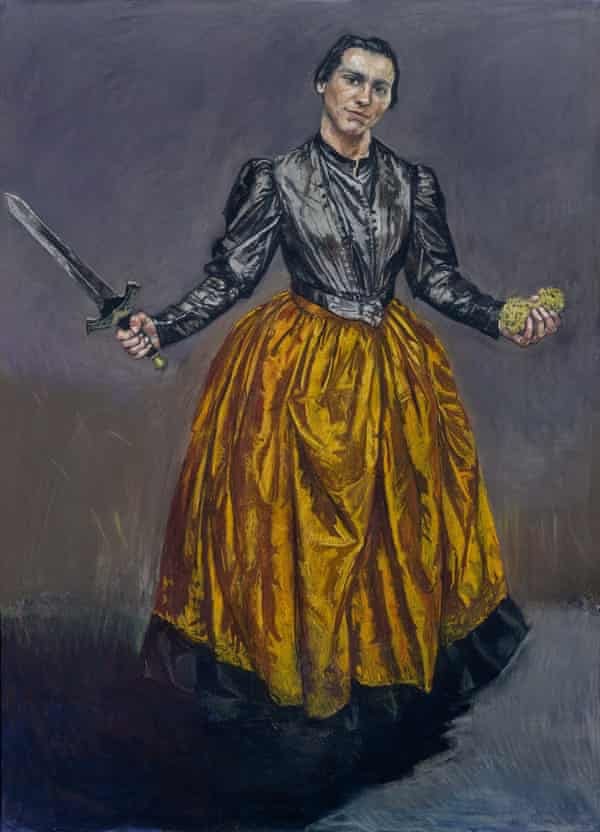
Depicting war and the chaos of mass human behavior, Rego aligns with artists of the New Objectivity movement like Otto Dix and George Grosz. The strong erotic undertones in her work evoke the canvases of French-Polish artist Balthus, who explored ambiguous pre-pubescent figures. Rego, well-versed in art history, recognizes timeless themes like love and war as enduring strands of inquiry, yielding the most compelling results.
As a dedicated member of The London Group, established in 1913 to assist artists practically, Paula Rego sought to make individual psychology visible. Although not officially part of The School of London, she shared the group’s commitment to revealing the darkest aspects of individual psychology through her art.
Paula Rego: A cultural icon in Portugal and beyond
It’s not like planning what they call “a career”. It took many years. I had bad luck and good luck, good dealers and bad dealers, and just kept working.
Paula Rego holds a paramount position in Portugal’s cultural landscape, recognized as one of the nation’s most eminent and impactful artists. In 2004, her significance was underscored with another retrospective at the Serralves Museum in Porto, drawing such immense popularity that the museum had to remain open 24 hours a day to accommodate the crowds. Further honoring her contributions, Portugal established The Paula Rego House of Stories in 2009, a dedicated museum in Cascais, where she spent her childhood. Designed by architect Eduardo Souto de Moura, the museum seamlessly blends contemporary structure with natural beauty, housing not only Rego’s works but also paintings by her late husband, Victor Willing.
Internationally, Paula Rego’s influence resonates deeply in contemporary painting, sculpture, and printmaking. Artists challenging traditional depictions of the female body owe much to Rego’s impact, with British painter Jenny Saville being a notable example. Saville, like Rego, presents an unapologetic and confrontational portrayal of women.
For emerging artists, Paula Rego’s work serves as a wellspring of inspiration, reflecting a meticulous blend of diverse influences and styles. Her ability to glean insights from Old Masters, Surrealism, literature, children’s stories, and folklore showcases a profound engagement with cultural conversations. Paula Rego powerfully suggests that an artist’s work is a rich dialogue with the surrounding culture, emphasizing the interconnectedness of art and life.
If you enjoyed Paula Rego’s story and want more inspiring tales from art history, check out our Art History section. Every week, we share stories about amazing female artists and their journeys. Join us as we unfold the fascinating lives of these incredible women who have made a lasting impact on the world of art. Discover their unique expressions and the diverse stories that have shaped art history. Let their experiences inspire and fuel your passion for the transformative power of creativity.

